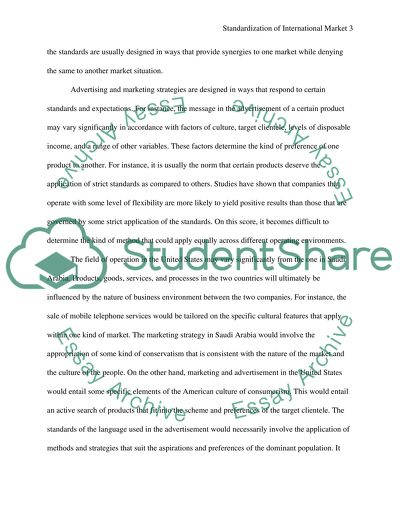Cite this document
(“Complete standardisation in International Marketing strategy is an Essay”, n.d.)
Complete standardisation in International Marketing strategy is an Essay. Retrieved from https://studentshare.org/marketing/1464903-complete-standardisation-in-international
Complete standardisation in International Marketing strategy is an Essay. Retrieved from https://studentshare.org/marketing/1464903-complete-standardisation-in-international
(Complete Standardisation in International Marketing Strategy Is an Essay)
Complete Standardisation in International Marketing Strategy Is an Essay. https://studentshare.org/marketing/1464903-complete-standardisation-in-international.
Complete Standardisation in International Marketing Strategy Is an Essay. https://studentshare.org/marketing/1464903-complete-standardisation-in-international.
“Complete Standardisation in International Marketing Strategy Is an Essay”, n.d. https://studentshare.org/marketing/1464903-complete-standardisation-in-international.


